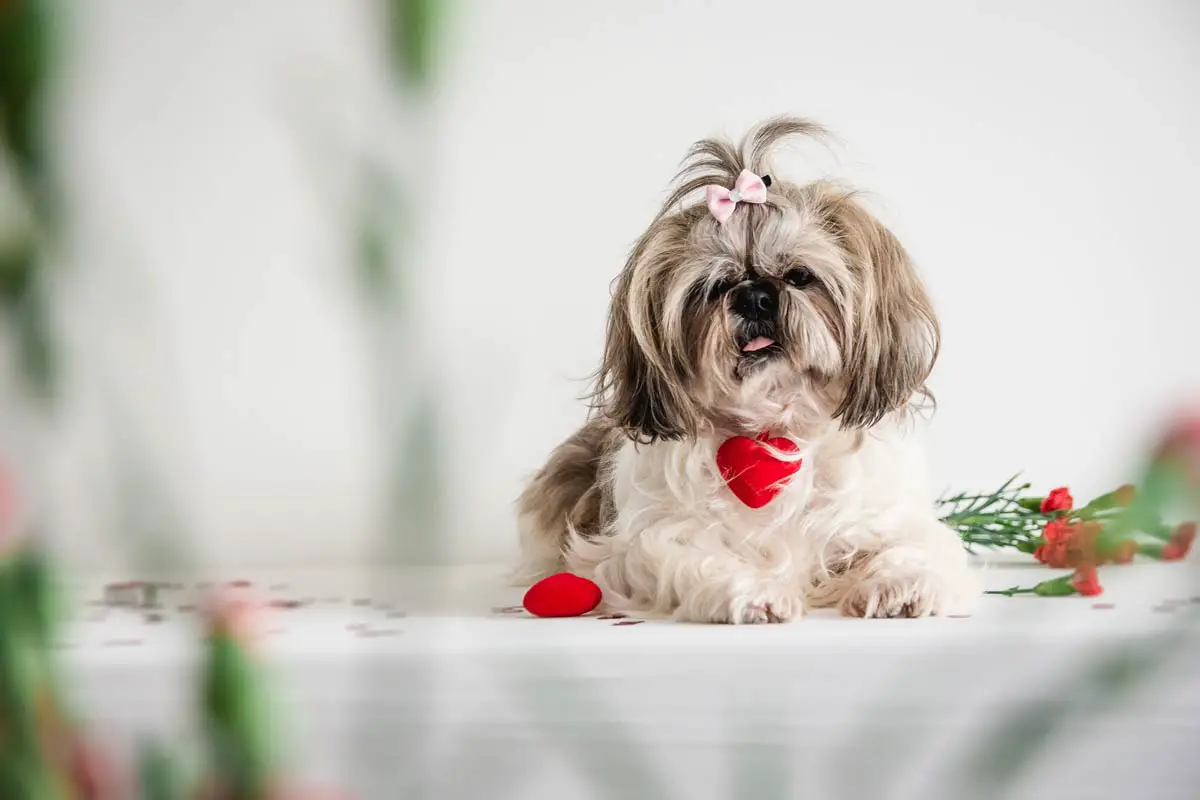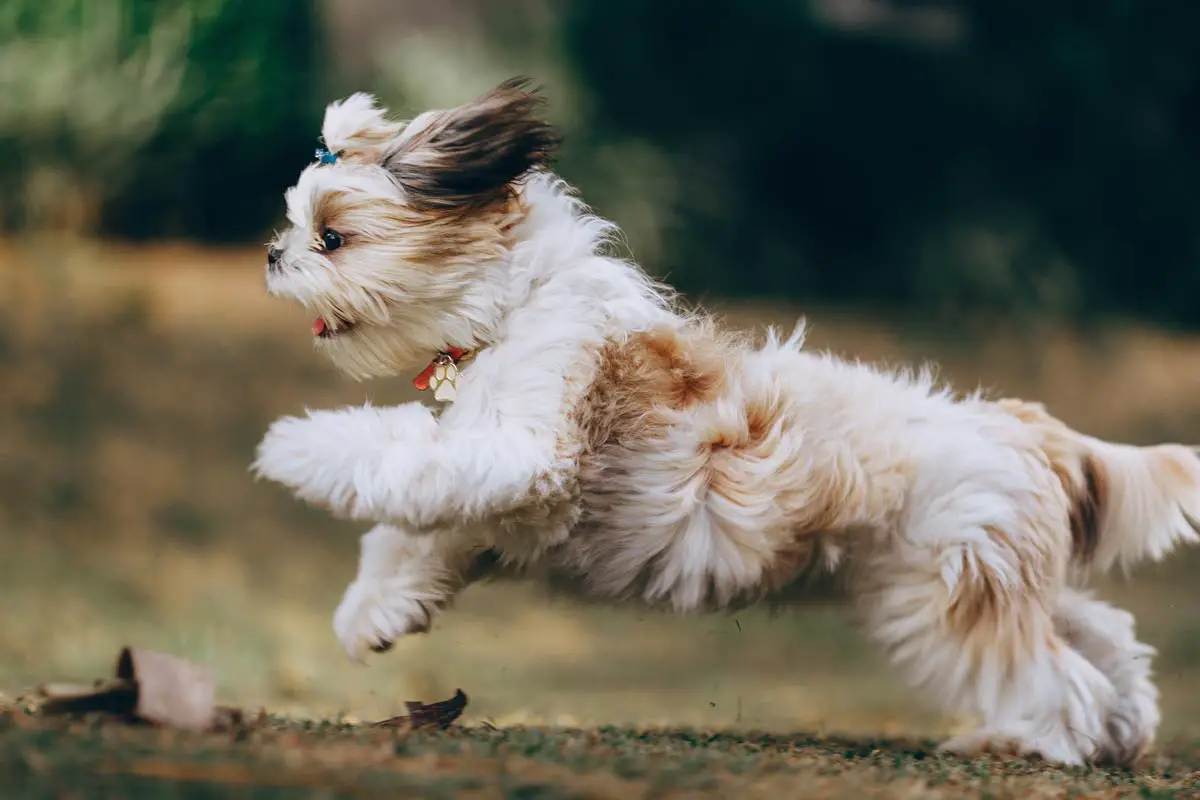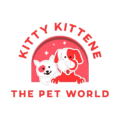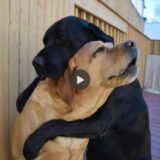Shih Tzu is a small dog breed that is known for its long, silky hair and charming personality.
If you are considering adding a new member to your family, the Shih Tzu breed might be the perfect choice for you.
In this article, we will delve into the main characteristics of Shih Tzus and provide a care guide for potential owners.
Whether you’re a first-time dog owner or an experienced enthusiast, this guide will help you understand the needs of this adorable breed.
1. Shih Tzu Dog Breed Overview
Shih Tzu is a toy dog that originated in China and is known for its distinctive appearance.
They have a short snouts and large round eyes, as well as their long coat, floppy ears, and short and stout posture.
Their long, silky coat comes in a variety of colors and requires daily grooming to prevent matting and tangling.
Shih Tzus are playful, friendly and affectionate, making them great family pets.
| Items | Detail |
|---|---|
| Origin: | Germany |
| Size: | – Weighs: 9 to 16 pounds – Height: 8 – 11 inches |
| Coat: | – Long coat – Often multiple color coats: Gold, Dark/light brown, Black, White, Grey, Liver/white |
| Life span: | 10 to 16 years |
| Main characteristics: | – Friendly and affectionate – Playful and Intelligence |
| Suitable for: | – Great companions for families with kids & other pets |
Read more: Shih Tzu – Wikipedia

2. Care Guide
Health
Shih Tzus are generally healthy dogs, but they can be prone to certain health issues.
Common health concerns for Shih Tzus include Brachycephalic Syndrome, Intervertebral Disc Disease, Keratoconjunctivitis Sicca.
- Brachycephalic Syndrome
This condition occurs due to anatomical abnormalities in the respiratory system, including narrowed nostrils, elongated soft palate, and a small windpipe.
Symptoms may include snoring, difficulty breathing, exercise intolerance, and overheating.
Surgery may be necessary to alleviate breathing difficulties. - Intervertebral Disc Disease (IVDD)
Shih Tzus are predisposed to IVDD, a condition affecting the spinal discs.
IVDD occurs when the discs between the vertebrae degenerate or herniate, leading to spinal cord compression and nerve damage.
Symptoms include back pain, reluctance to move, difficulty walking, and even paralysis.
Treatment options range from conservative management (rest, medication, physical therapy) to surgery, depending on the severity of the condition. - Keratoconjunctivitis Sicca (Dry Eye)
Dry eye is a common eye disorder in Shih Tzus, characterized by insufficient tear production or poor tear quality.
This condition can lead to eye irritation, redness, discharge, corneal ulcers, and vision problems.
Regular eye examinations are important to detect and manage dry eye.
Treatment may involve artificial tear supplements, medications to stimulate tear production, and proper eye care.
Maintaining a balanced diet, providing regular exercise, and keeping their living environment clean are crucial for their overall health.
Regular check-ups with a veterinarian and maintaining a healthy weight are crucial for their overall well-being.
Nutrition & Diet
Feeding your Shih Tzu a nutritious diet is vital to their well-being.
Choose high-quality dry dog food that is specially formulated for small breeds.
Ensure that the food provides the necessary nutrients and is appropriate for their age and activity level.
Avoid overfeeding, as obesity can lead to various health problems.
It’s best to consult with your veterinarian to determine the right feeding schedule and portion sizes for your Shih Tzu.
Grooming
Shih Tzus have a long coat that requires regular grooming.
Brush their hair daily to prevent tangles and mats.
Consider scheduling professional grooming sessions every 4-6 weeks to maintain their coat’s health and appearance.
Regularly check their ears, teeth, and nails for cleanliness and trim them as needed.
Additionally, be mindful of their eyes, as Shih Tzus are prone to tear staining. Gentle cleaning around the eyes can help prevent this issue.
Related: Dog Grooming: How to Groom Dog at Home
Training & Exercises
Despite their small size, Shih Tzus are intelligent and trainable dogs.
Early socialization and obedience training are essential to develop a well-behaved and well-rounded pet.
Keep training sessions short, positive, and reward-based.
Shih Tzus enjoy daily walks and interactive play sessions, but their exercise needs are generally moderate.
Avoid excessive physical activity, especially in hot weather, as they are prone to overheating.
Related: How to Training a Dog – 10 Essential Dog Training Tips for New Owners

3. Adopt or Buy a Shih Tzu
If you’re considering adopting or buying a Shih Tzu, it’s important to make an informed decision.
Shih Tzus can be acquired through reputable breeders, rescue organizations, or shelters.
Research potential sources, visit them in person, and ask questions about the dog’s health history and living conditions.
Consider the pros and cons of owning a Shih Tzu as below before decision.
| Pros | Cons |
|---|---|
| – Loyal, friendly and affectionate, well-suited for apartment living – Friendly with kids & other pets – Playful and Intelligence | – Require regular grooming – Health issues (Brachycephalic Syndrome, Intervertebral Disc Disease, Keratoconjunctivitis Sicca) |
4. Overview
Shih Tzu is a charming and affectionate breed that makes a great companion.
They require daily grooming and moderate exercise, and owners should be prepared for their stubborn personality.
With proper care and attention, a Shih Tzu can live a long and healthy life.
If you are considering a Shih Tzu as a pet, make sure you are prepared for the responsibilities that come with owning a dog.










